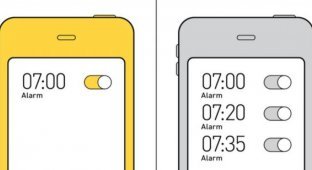Cryopreservation: in an attempt to cheat death (11 photos + 1 video)
Dennis Kowalski, president of the Cryonics Institute, has a warehouse full of frozen bodies of people hoping to be brought back to life. The manager of the world's largest cryogenic laboratory is urging people to pay more attention to cryogenic technology. What if doctors of the future find a way to unfreeze and revive these bodies? 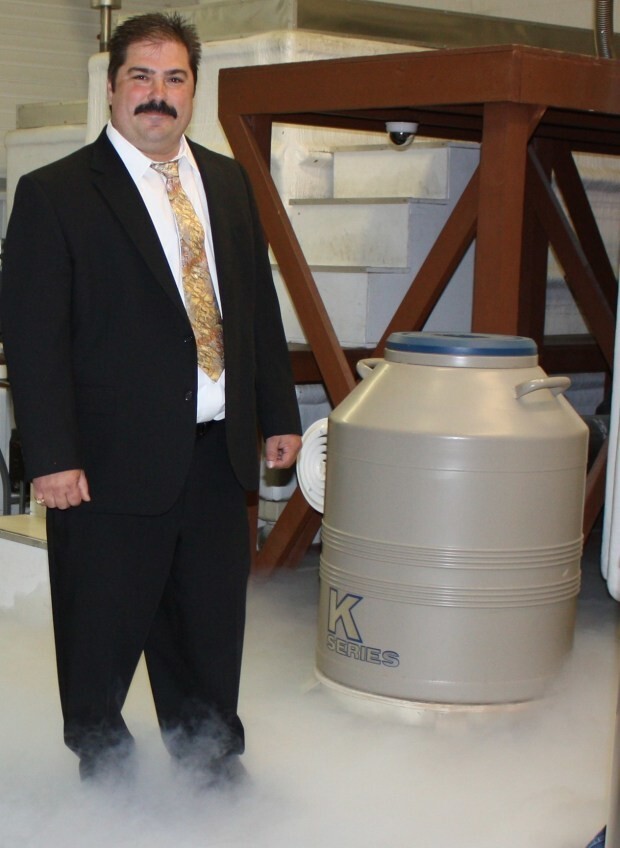
Cryonics is the process of cooling bodies that are medically impossible to preserve to sub-zero temperatures in the hope that they can be brought back to life in the future. It is based on the theory that the brain can retain memory and personality when frozen, and that one day scientists will be able to successfully thaw and heal bodies. There is currently no way to resuscitate cryogenically frozen bodies, although some believe such technology will be developed in the future. How it works?
Once a person wishing to be cryogenically frozen dies, the body preservation company is notified. The response team will try to keep the blood in the person's body by injecting chemicals and packing it in ice. At a cryonics center, blood is removed from the body and replaced with an organ preservation solution. A solution is then injected into the blood vessels to stop the formation of ice crystals in the body. The body is then cooled to -130 C
Finally, the body is placed in a container of liquid nitrogen and stored at -196 C.
Dennis Kowalski is going to be put in a cryo chamber when he dies, and he's been trying to cheat death his entire life.
How many people want to be frozen in time?
Around the planet, there are about 500 people in cryosleep, waiting for the moment when their body can be brought back to life.
Of these, 300 people are stored in the United States, 50 people are in Russia, 100 bodies are also in Europe, and the last few are around the world. Arizona currently has the most pets in cryonics, with more than 30 puppies and cats. But the number of clients of cryopreservation centers is steadily growing around the world.
It is estimated that there are currently more than 4,000 people on the waiting list to extend their lives even after death. Among these 4,000 people who signed up, there are also quite famous and wealthy people. Crypto companies' clients reportedly include celebrities such as Elon Musk, Britney Spears, Paris Hilton, Larry King and Peter Thiel. Walt Disney has also been at the center of cryonics rumors for decades, and legendary TV host Simon Cowell has returned to the idea more than once since he first heard about it in 2009.
At the Cryonics Institute in Clinton Township, Michigan, preserving a body in a tank of liquid nitrogen at -196 C for decades costs about $27,000.
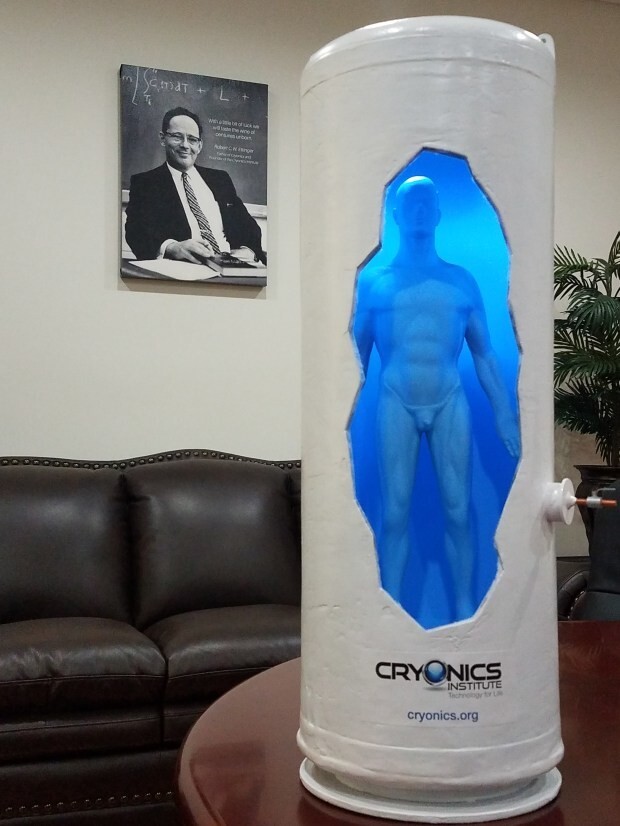
The bodies are placed in giant jars filled with liquid nitrogen to keep them fresh - in the hope of one day bringing them back to life.
“You have nothing to lose and everything to gain,” says Dennis, who signed a cryopreservation contract himself. “You can be buried or cremated, but we know what happens to such people: they cannot be restored, rejuvenated, or brought back to life. The grave is the only real alternative, and that is complete oblivion. Therefore, we want to defeat man’s greatest enemy—death itself.”
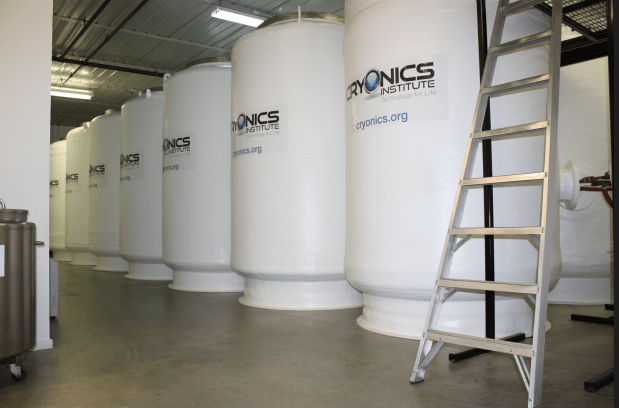
Hundreds of human bodies, domestic animals and even separate heads are stored in such vessels
Founded in 1976, the Cryonics Institute's mission is to "relieve suffering and pain and help restore life whenever possible."
“I would give everything I have to bring my friends and loved ones back, even if the chance is slim. So I think what I do is fight for good,” Kowalski says. “I think it comes from love, compassion and the desire to do good.” And if it works, it works. If not, then no. It's worth at least trying to see if it's ever possible to bring these people back, and I hope scientists can do that."

Dennis prepares the cold reservoir so that the body is in perfect condition for placement in the Dewar flask for further storage.
Dennis understands that people criticize cryonics, but he disagrees with those who consider it pointless and a waste of money and time. He encourages people to take risks.
"IfIf you're already dead, there's not much harm in trying - and you might as well take the risk," he says. "Let's say you had a heart attack right now, but 100 years ago you were already dead, so what's the point of pounding your chest or use electricity to try to bring the heart back to life? However, today we routinely use cardiac defibrillation and cardiopulmonary resuscitation to revive people who have died, so we have shifted the benchmark. We have changed the definition of what it means to be "dead." Now it’s not like we’re bringing back the dead. We’re just restarting their hearts, and I would argue that bringing back people who have been in liquid nitrogen for a hundred years will someday be about the same.”
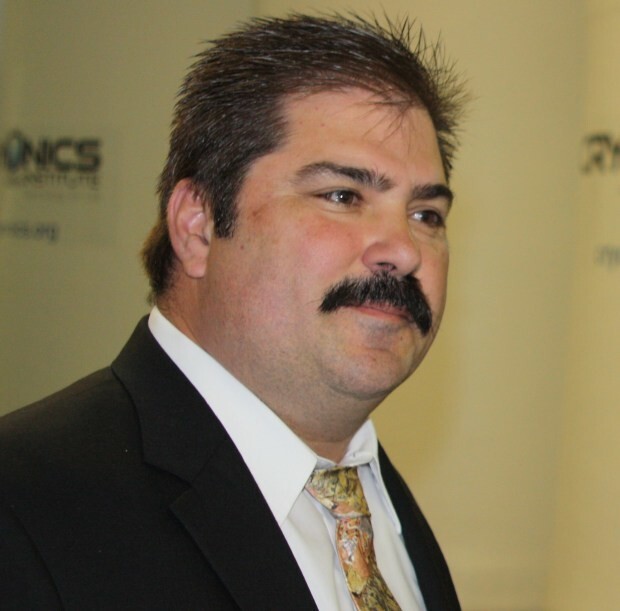
Dennis believes more people should sign up for cryopreservation
When asked what the point of cryotherapy is, Dennis answers very simply: it can save lives and save families.
Alas, the number of the company’s clients—a total of 2,200 people signed up to participate in his laboratory’s program—does not satisfy him. “I think our numbers are incredibly, terribly low compared to what they should be. I think more people are joining crazy cults, joining the Flat Earth Society, or chasing Bigfoot in the woods,” he laments.
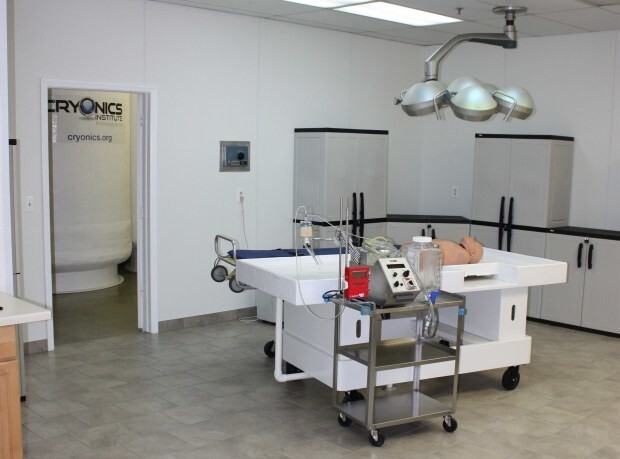
A laboratory where a body is prepared for storage for - potentially - hundreds of years
Many leading neuroscientists condemn cryonics for giving impressionable people false hope of a second chance at life.
Experts say the idea of freezing a body until it can be brought back to life in the future is simply not possible at the moment, so it shouldn't be touted as a real possibility.
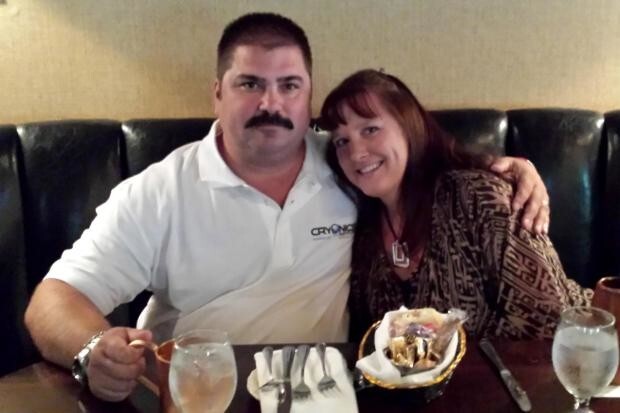
Dennis joined the ambitious idea along with his wife and three sons
Clive Cohen, professor of neuroscience at King's College London, called for a ban on cryonics advertising several years ago. He called the idea of preserving an entire body ridiculous and said even the idea of cryopreserving a brain was "only slightly less ridiculous."
Cosmologist and astrophysicist Martin Rees also said cryonics medicine enthusiasts were "ridiculous and should not be taken seriously."
“In my opinion, this is unlikely, and even if it is feasible, it should be abandoned,” he said. “From an ethical point of view, if people are frozen and revived, then even if they are able to survive, they will impose great obligations on future generations, and any person revived will become a liability or a failure.”
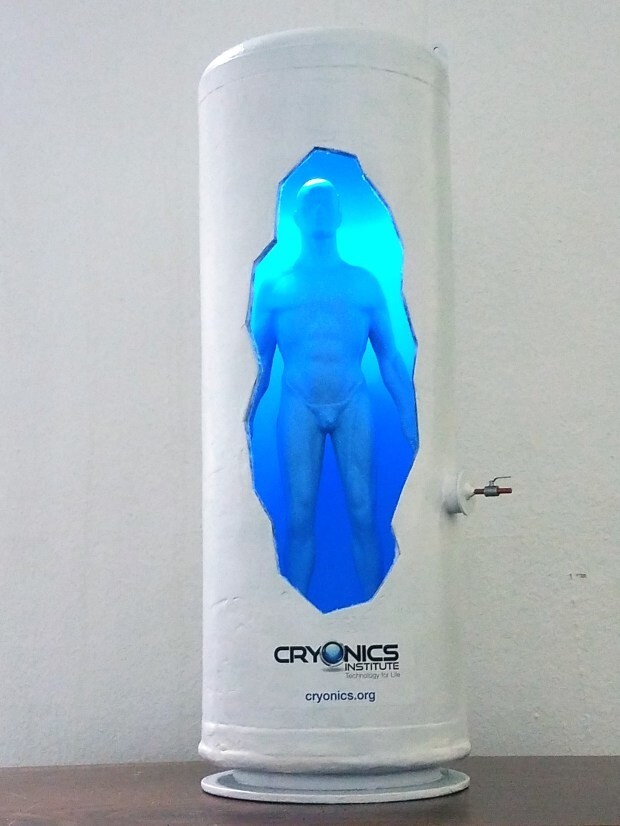
There are currently about 500 people in cryopreservation vessels, with another 4,000 people signed up to go there after death
Cryobiologist Ramon Risko said that scientists risk ruining their careers and being expelled from the scientific community if they work on cryonics—a step Ramon himself has taken.
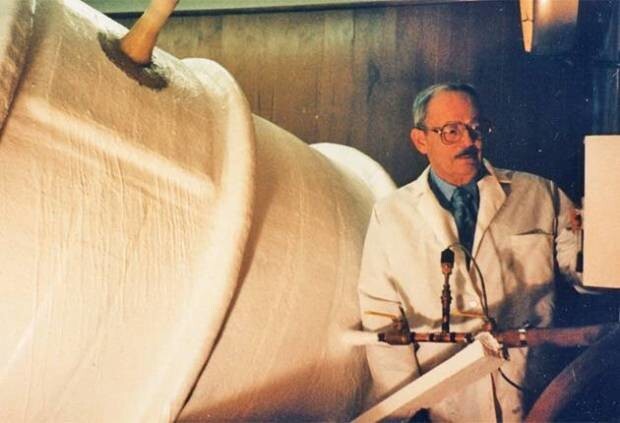
Robert Ettinger is considered the father of cryonics, who first proposed a potentially life-saving technology more than 60 years ago.
The world of cryonics has also been hit by controversy after the family of a dead 14-year-old UK girl who was frozen accused cryogenics companies of brainwashing their daughter into agreeing to sign a contract for cryopreservation. The girl died of a rare form of cancer, but months before her death she became embroiled in a legal dispute because she asked to be taken to the Dennis Institute of Cryonics in Michigan.
Her father said: “It’s a nightmare. Even if the treatment is successful and she is returned after 200 years, she may not find any relatives and will remain alone in the United States.”
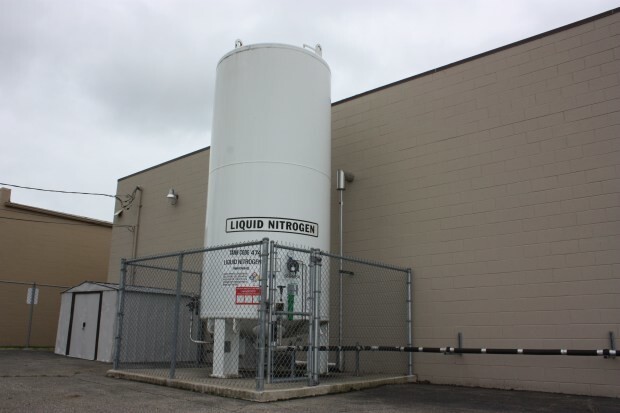
Bodies are stored in liquid nitrogen, which preserves organs and skin and does not need to be replaced as it never stops working














